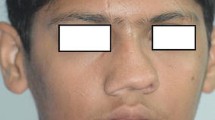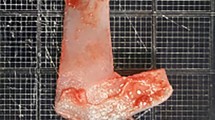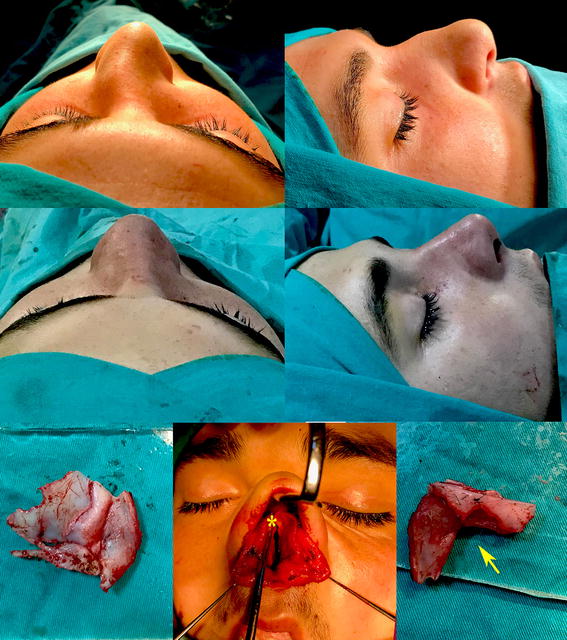Abstract
Severe gross septal deviations present big surgical challenges for operating surgeon. Septal deviations has direct effect on aesthetic and functional part of nose. Correcting septal deviations during rhinoplasty is basic procedure. Extreme deviations of septum especially on dorsal and caudal end of cartilaginous septum are difficult to treat. The classical septoplasty approach becomes unsuitable for such severe deviations. Gubisch has first reported in 1995 about extracorporeal septoplasty. To report the experience of Extracorporeal septoplasty and the complication rates with the technique. Retrospective study of 112 patients who underwent extracorporeal septoplasty in primary rhinoplasty from May 2009 to June 2014. Patient’s pre and postoperatively evaluation was done by photographs, nasal endoscopy and subjective by symptoms evaluation satisfaction scale 6 and 12 months postoperatively. Nasal endoscopy revealed significant improvement in nasal airway and nasal valve and subjective evaluation satisfaction score was very encouraging. Complications like septal perforation, bleeding, aesthetic complications were minimal (9 %) On basis of results obtained, shows that this technique, increases patients nasal airway and aesthetic look of the patients. Irrespective of extreme nasal deviations.








Similar content being viewed by others
References
Gubisch W (1995) The extracorporeal septum plasty: a technique to correct difficult nasal deformities. Plast Reconstr Surg 95(4):672–682
Wright WK (1969) Principles of nasal septum reconstruction. Trans Am Acad Ophthalmol Otolaryngol 73(2):252–255
King ED, Ashley FL(1952). The correction of the internally and externally deviated nose. Plast Reconstr Surg (1946) 10(2):116–120
Gubisch W, Constantinescu MA (1999) Refinements in extracorporal septoplasty. Plast Reconstr Surg 104(4):1131–1142
Gubisch W (2005) Extracorporeal septoplasty for the markedly deviated septum. Arch Facial Plast Surg 7(4):218–226
Senyuva C, Yücel A, Aydin Y, Okur I, Güzel Z (1997) Extracorporeal septoplasty combined with open rhinoplasty. Aesthet Plast Surg 21(4):233–239
Bloom JD, Kaplan SE, Bleier BS, Goldstein SA (2009) Septoplasty complications: avoidance and management. Otolaryngol Clin North Am 42(3):463–481
Author information
Authors and Affiliations
Corresponding author
Rights and permissions
About this article
Cite this article
Ghaisas, V., Parab, S.R. Role of Extracorporeal Septoplasty in Deviated Noses. Indian J Otolaryngol Head Neck Surg 67, 205–209 (2015). https://doi.org/10.1007/s12070-015-0892-x
Received:
Accepted:
Published:
Issue Date:
DOI: https://doi.org/10.1007/s12070-015-0892-x




